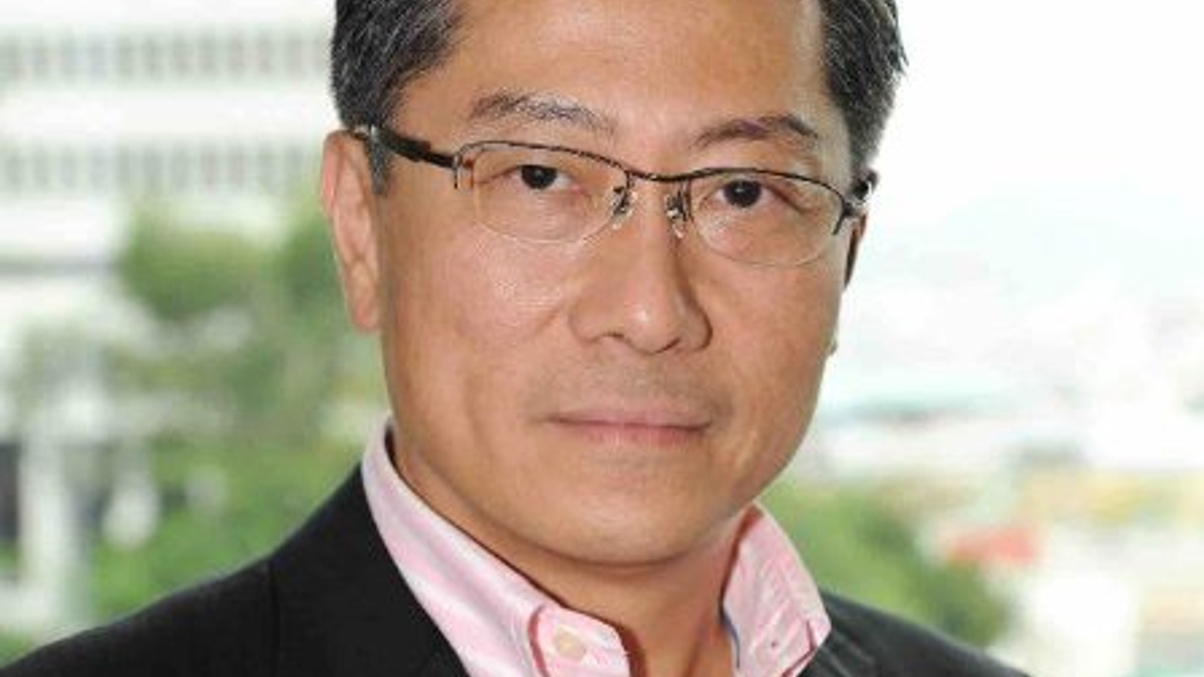HAPFS targets China stocks and index investing
In the first of a two-part interview, Heman Wong, investment head at Hong Kong's Hospital Authority Provident Fund Scheme, discusses favouring China equities and index mandates.

Hong Kong’s Hospital Authority Provident Fund Scheme (HAPFS) has HK$55 billion ($7.2 billion) under management and offers members a choice of six strategies with different risk profiles.
Sign in to read on!
Registered users get 2 free articles in 30 days.
Subscribers have full unlimited access to AsianInvestor
Not signed up? New users get 2 free articles per month, plus a 7-day unlimited free trial.
¬ Haymarket Media Limited. All rights reserved.


